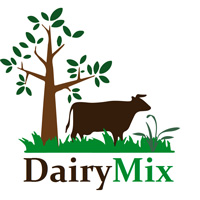Introduction
OTICE, short for Online Tool for monitoring Indoor barn Climate and Emissions. Is a prototype low-cost system to work towards a low-cost emission monitoring in dairy farms. Up to this day, measuring emissions in dairy barns, especially naturally ventilated barns, is a challenging and expensive task, which requires expert knowledge and advanced, fragile, difficult to operate equipment. This approach is suitable for determining emission factors for legislation, but it is well known that this does not capture the inherent inter-barn variability. Therefore individual monitoring is necessary. The OTICE system consists of two parts: A modular sensor network and an online dashboarding tool to visualize the data.






